
ABOUT THE AUTHOR
K arl Klockars has been writing about food, beer, and travel since 2008. His work has been featured in Chicago Magazine , Draft Magazine , the Chicago Sun-Times , Thrillist , Time Out Chicago , and on his own site, GuysDrinkingBeer.com, which has been thrice nominated as one of the nations best beer blogs by Saveur magazine. When not writing about beer, you can find Karl hanging out with his wife, Nora, and their cat, Aoife. If youre buying, hell have a porter or a pale ale.
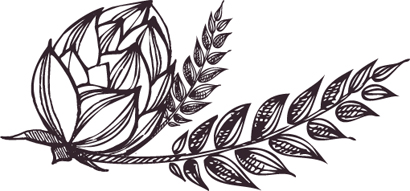
For Nora. Thanks for those first few Oberons.
All the information in this guidebook is subject to change. We recommend readers call ahead to obtain current information before traveling.
Globe
Pequot
An imprint of Rowman & Littlefield
Distributed by NATIONAL BOOK NETWORK
Copyright 2018 by Karl Klockars
Maps by Melissa Baker Rowman & Littlefield
All rights reserved. No part of this book may be reproduced in any form or by any electronic or mechanical means, including information storage and retrieval systems, without written permission from the publisher, except by a reviewer who may quote passages in a review.
British Library Cataloguing in Publication Information Available
Library of Congress Cataloging-in-Publication Data Available
ISBN 978-1-4930-1270-1 (paperback)
ISBN 978-1-4930-2511-4 (e-book)
 The paper used in this publication meets the minimum requirements of American National Standard for Information SciencesPermanence of Paper for Printed Library Materials, ANSI/NISO Z39.48-1992.
The paper used in this publication meets the minimum requirements of American National Standard for Information SciencesPermanence of Paper for Printed Library Materials, ANSI/NISO Z39.48-1992.
Printed in the United States
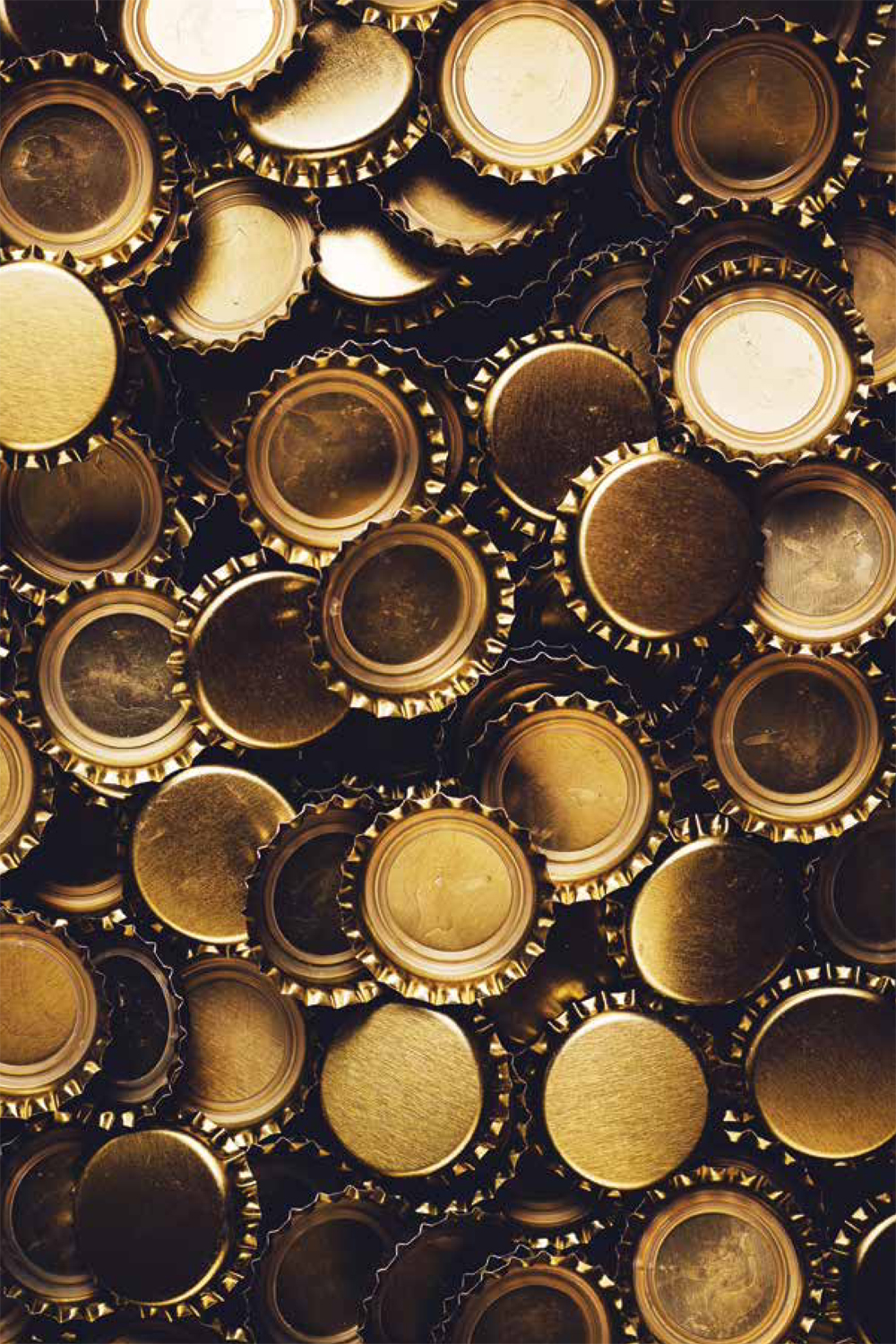
INTRODUCTION
T here has never been a better time to be a beer drinker in Chicago than right now.
That may sound a bit hyperbolic, or like some mild alcohol-induced exaggeration, but its true. Chicago is awash with fresh, locally made beer from breweries in all sizes and stylesfrom the tiniest basement nanobrewery to the massive million-barrel super-brewery. Brewers in Chicagoland have never been more prolific, more creative, or more inspired than right now.
Ive spent a good part of the last few years traveling in search of beer experiences and have been lucky enough to stumble into many great onesfrom beer bars in New York City and Washington, D.C., to brewpubs and production facilities in Los Angeles and San Francisco; from amber ales at a tiny Upper Peninsula brewpub near the shores of Lake Superior to the tart, tropical weissbiers made in Miami. Each time I come home to Chicago, Im reminded that were exceptionally lucky to be a part of the beer culture that we have waiting to be discovered right here.
The beer revolution has been bubbling around since breweries like Goose Island, Three Floyds, and Two Brothers kicked off decades ago. In the late 2000s, drinkers saw six-packs of Half Acre lager enter the scene, followed by beers from Metropolitan, Haymarket, and Revolution, and the floodgates opened. Seven years after that, there are about 200 different breweries in Illinois, with the vast majority of them within an hours drive from downtown Chicago. For those of us who grew up thinking that Chicago beer basically started and ended with Old Style, the change is seismic.
The following couple hundred pages represent an attempt to pull into one place the stories of many of these breweries, brewpubs, taprooms, bars, and beer-friendly restaurants that make up the landscape of the Chicagoland beer enthusiast. From the most traditional lager to the wildest barrel-aged stout and all the wild yeasts and adjunct ingredients in between, you dont have to look too far to find something made close to home that fits your palate.
Wanna go get a beer? Cmon, I know a good place. Its right down the road.
HOW TO USE THIS GUIDE
T his book was created to deliver an overview of the many places in Chicagoland where beer is brewed, poured, and appreciated. Its one part guidebook, one part brewery mini-biography, and one part story of the growth of the citys craft beer community (and maybe even a bit of history, too).
Its also the first real full listing of the areas many beer destinations since the words craft beer entered the drinkers lexicon in the mid-2000sand, as you can imagine, theres been a lot of changes since then.
Since the state of Illinois licenses places as either breweries or brewpubs, thats what weve done here as well. Breweries are broken out by locationNorth Side, South Side, and Burbswhereas brewpubs receive their own catch-all category, same as beer bars/restaurants and bottle shops. Slightly illogical? Sure, but so is alcohol legislation most of the time. (Why other states allow bars and restaurants to fill growlers but Illinoisans can not, I dont know, but be glad you can buy beer on Sunday in this state.)
Hopefully this helps you find someplace new to appreciate the creations of the many brewing minds around town, allows you discover a new beloved bar or restaurant, or even helps you learn something new about an old favorite.
The actual drinking of the beer you can probably handle yourself.

GLOSSARY OF TERMS
B eer is its own world that comes with its own language. We tried to be as conversational and plain-spoken as possible in this book, but sometimes youve gotta talk the talk. From contract brews to alt-props to bbl to grain bills, here are the basics youll need to know if you want to understand the next hundred pages or so.
ABV: Alcohol by volumethe percent age of alcohol in a beer. Most beers average around 5 percent ABV, but many stronger beers can get up to 12 percent.
Ale: Beer brewed with top-fermenting yeast. Ales take less time to ferment than lagers, which is why, in general, most craft beers are ales. Popular styles of ales include pale ales, amber ales, stouts, and porters.
Alternating Proprietorship: Often shortened to alt-prop. An arrangement where one brewery will temporarily use another brewerys equipment to make beer. Alt-prop breweries regularly have their own fermentation tanks in their host brewerys space and often multiple brewing companies can exist in the same space.
Barrels: Breweries measure the amount of beer they produce in barrels. Barrels are 31 gallons, and a standard keg size is a half-barrel, or 15.5 gallons. A brewery that produces 1,000 bbl per year makes about 248,000 pints of beer.
BBL: Barrels
Beer: An alcoholic beverage brewed with malt, water, hops, and yeast. If youre reading this and you didnt know that, find the nearest brewery and schedule a tourtheyll almost certainly start with this information.
Body: The way a beer feels on the palate in terms of consistency and heft. Light-bodied beers are easy to drink; very full-bodied beers pour like motor oil.
Bomber: The 22-ounce bottles used to package many craft beers.
Brewhouse: The system on which breweries make their beer. Chicago area breweries work on brewhouses as small as a single barrel at a time all the way up to 250 bbl monsters.
Next page

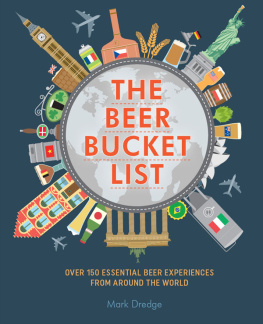
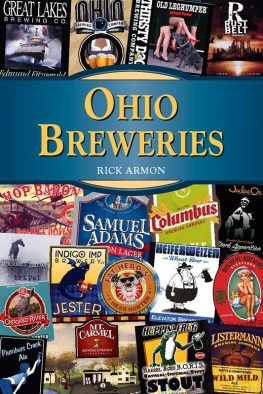
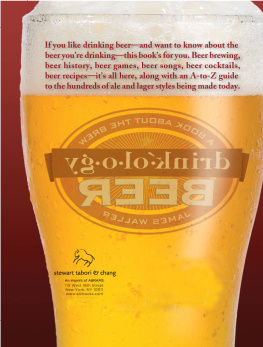

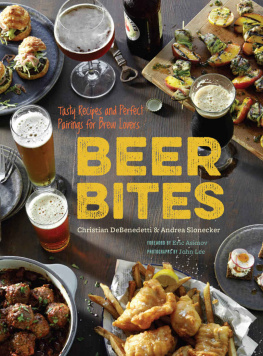
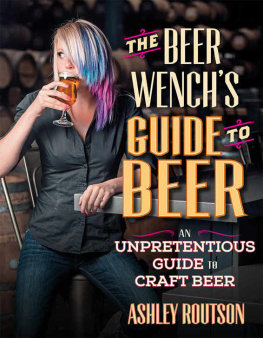
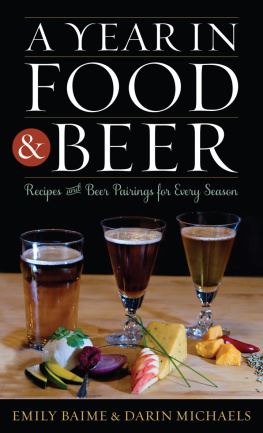


 The paper used in this publication meets the minimum requirements of American National Standard for Information SciencesPermanence of Paper for Printed Library Materials, ANSI/NISO Z39.48-1992.
The paper used in this publication meets the minimum requirements of American National Standard for Information SciencesPermanence of Paper for Printed Library Materials, ANSI/NISO Z39.48-1992.
